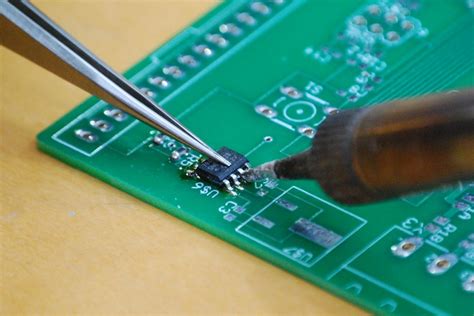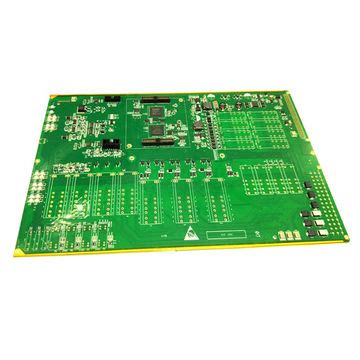How to Reduce Defect Rates in Automotive PCBs: A Comprehensive Guide
Introduction
Printed Circuit Boards (PCBs) are the backbone of modern automotive electronics, controlling everything from engine management systems to advanced driver assistance features. As vehicles become increasingly electrified and autonomous, the reliability of automotive PCBs has never been more critical. However, the challenging operating environments—extreme temperatures, vibrations, moisture, and electromagnetic interference—make automotive PCBs particularly susceptible to defects that can lead to costly recalls or even safety hazards.
This article explores comprehensive strategies to reduce defect rates in automotive PCBs throughout the entire product lifecycle—from design and material selection to manufacturing processes, quality control, and supplier management. By implementing these best practices, automotive electronics manufacturers can significantly improve PCB reliability while meeting the stringent quality standards demanded by the automotive industry.
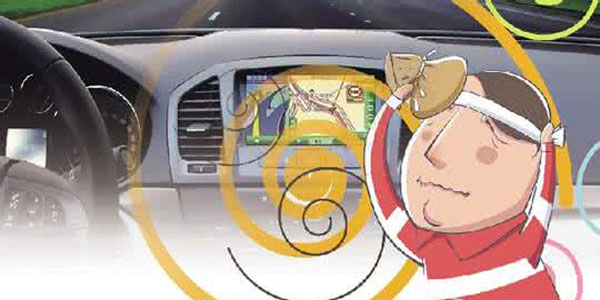
1. Design Optimization for Reliability
1.1 Implementing Design for Manufacturability (DFM) Principles
Design decisions account for approximately 70% of a product’s manufacturing costs and quality outcomes. Applying DFM principles specifically for automotive applications can prevent many common PCB defects:
- Automotive-grade component spacing: Increase spacing between components beyond standard requirements to account for vibration-induced stresses. The IPC-7351B standard provides guidelines, but automotive applications often require additional margins.
- Thermal management strategies: Incorporate thermal vias, copper pours, and adequate heat sinking for components likely to experience high temperatures. Simulation tools can predict thermal hotspots during the design phase.
- Vibration-resistant layouts: Position sensitive components away from high-vibration areas and use additional anchoring for heavier components. Finite element analysis (FEA) can identify potential vibration-related failure points.
- Current-carrying capacity verification: Automate current capacity calculations for all traces using specialized software to prevent overheating and delamination issues.
1.2 Advanced Simulation and Modeling
Modern simulation tools allow designers to identify potential issues before prototyping:
- Thermal simulation: Tools like Ansys Icepak or Siemens Simcenter can model temperature distribution under various operating conditions.
- Mechanical stress analysis: Predict board flexing and component stress under vibration using FEA software.
- Signal integrity analysis: HyperLynx or similar tools can identify potential EMI/EMC issues and signal degradation problems.
- Manufacturing process simulation: Software like Valor Process Preparation can predict potential manufacturing defects based on the design.
2. Material Selection for Harsh Environments
2.1 Substrate Materials
Standard FR-4 materials often prove inadequate for automotive applications. Consider:
- High-Tg materials: Glass transition temperatures (Tg) of 170°C or higher (e.g., Isola IS410, Panasonic Megtron 6) for under-hood applications.
- Low-loss materials: For high-frequency applications like radar (Rogers RO4000 series or Taconic RF-35).
- CAF-resistant materials: To prevent conductive anodic filament growth (Isola FR408HR or Nelco N4000-13EP).
2.2 Copper and Surface Finishes
- Heavy copper PCBs: 3 oz or thicker copper for high-current applications improves reliability.
- Automotive-approved surface finishes:
- ENIG (Electroless Nickel Immersion Gold) for most applications
- Immersion Silver for cost-sensitive, non-harsh environments
- ENEPIG (Electroless Nickel Electroless Palladium Immersion Gold) for critical connections
2.3 Conformal Coatings
Select coatings based on specific environmental challenges:
- Acrylic: Easy rework, good moisture resistance
- Urethane: Excellent chemical and abrasion resistance
- Silicone: Superior high-temperature performance
- Parylene: Ultra-thin, pinhole-free coating for extreme environments
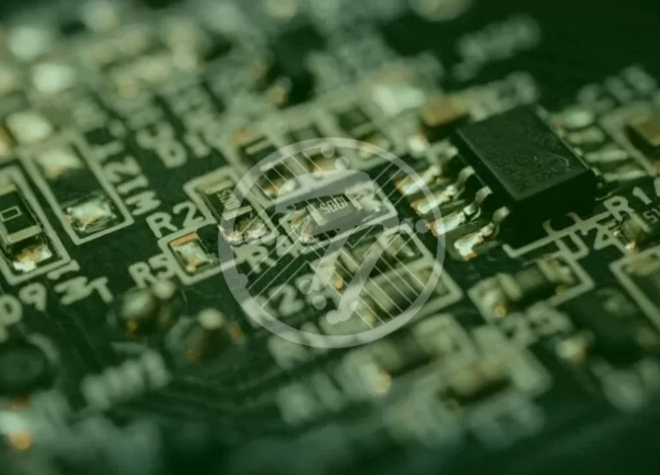
3. Manufacturing Process Controls
3.1 Cleanliness Controls
Contamination causes numerous PCB defects. Implement:
- Automated cleaning processes: Between each major manufacturing step
- Ion contamination testing: Regular testing to verify cleanliness levels
- ESD controls: Full ESD protection zones with continuous monitoring
3.2 Process Optimization
Key process parameters requiring tight control:
- Lamination: Temperature, pressure, and vacuum profiles tailored to material
- Drilling: Bit wear monitoring, optimized feed rates, and hole quality inspection
- Plating: Bath chemistry control with automated analysis and dosing
- Solder mask application: Precise viscosity control and curing parameters
3.3 Automation and Industry 4.0 Integration
- Automated optical inspection (AOI): 100% board inspection at multiple stages
- Automated X-ray inspection (AXI): For hidden solder joints and BGA connections
- IoT-enabled equipment: Real-time monitoring of machine parameters with predictive maintenance
- Digital twins: Virtual representations of the manufacturing process to optimize parameters
4. Rigorous Testing and Quality Assurance
4.1 In-process Testing
- Electrical testing: Continuity and isolation testing after patterning
- Impedance testing: For controlled impedance boards
- Microsection analysis: Regular cross-sectioning to verify plating quality
4.2 Environmental Stress Testing
Automotive PCBs must pass rigorous environmental tests:
- Thermal cycling: -40°C to +125°C or higher, hundreds of cycles
- Thermal shock: Rapid transitions between extreme temperatures
- HAST (Highly Accelerated Stress Test): High temperature/humidity with bias
- Vibration testing: Random and harmonic vibration per automotive standards
4.3 Reliability Testing
- HALT (Highly Accelerated Life Testing): To identify design margins
- MTBF testing: Mean Time Between Failure analysis
- CAF testing: Specific tests for conductive filament formation
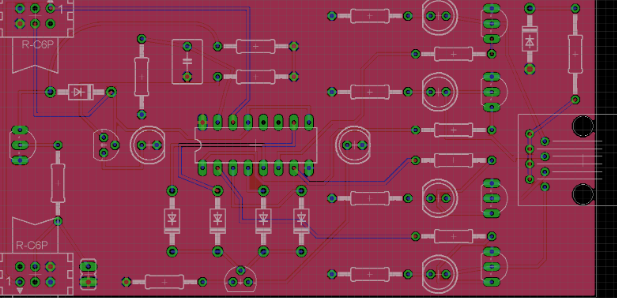
5. Supply Chain and Traceability Management
5.1 Supplier Qualification
- Material certifications: UL, IPC-4101 slash sheets, automotive-specific approvals
- Process audits: Regular on-site audits of key suppliers
- Performance monitoring: Defect rate tracking by supplier and material lot
5.2 Traceability Systems
- Full material traceability: From raw materials to finished boards
- Unique board identifiers: For tracking throughout the product lifecycle
- Blockchain solutions: Emerging technology for secure, immutable quality records
6. Continuous Improvement Culture
6.1 Defect Analysis Systems
- Root cause analysis: 8D or similar structured problem-solving methods
- Defect pareto analysis: Focus improvement efforts on highest-impact issues
- Closed-loop corrective action: Verify effectiveness of implemented solutions
6.2 Employee Training and Engagement
- Certification programs: IPC-A-600 and IPC-A-610 for inspectors
- Cross-training: Manufacturing engineers in design considerations
- Quality circles: Frontline employee involvement in improvement projects
Conclusion
Reducing defect rates in automotive PCBs requires a holistic approach spanning design, materials, manufacturing, testing, and supply chain management. By implementing the strategies outlined above—from advanced simulation during design to rigorous process controls and testing—manufacturers can achieve the near-zero defect rates demanded by automotive applications.
The most successful organizations combine these technical approaches with a strong quality culture that emphasizes prevention over detection, continuous improvement, and cross-functional collaboration. As automotive electronics continue to advance, maintaining this comprehensive approach to quality will be essential for ensuring reliability and safety in increasingly complex vehicle systems.
Future trends like AI-powered inspection systems, advanced material science, and digital thread technologies promise to further enhance PCB reliability. However, the fundamentals of robust design, controlled processes, and thorough verification will remain the foundation of quality automotive PCBs.






